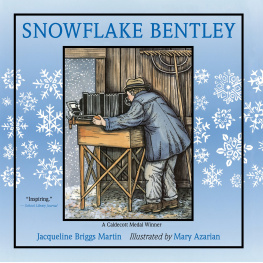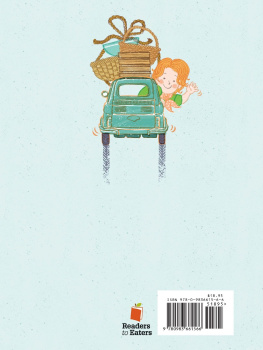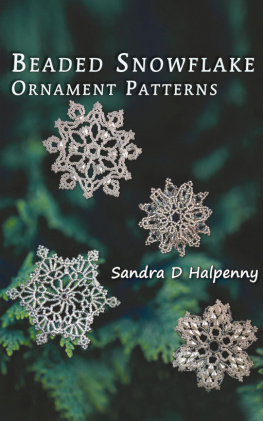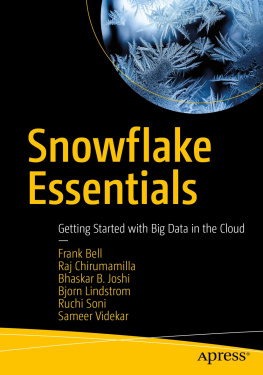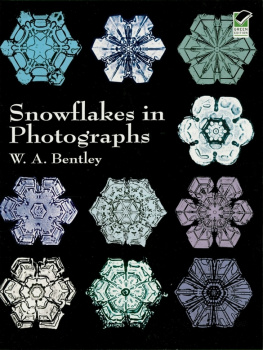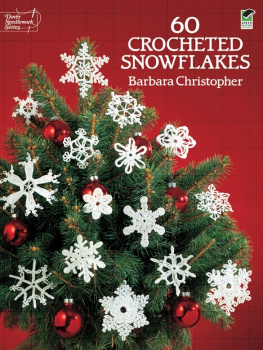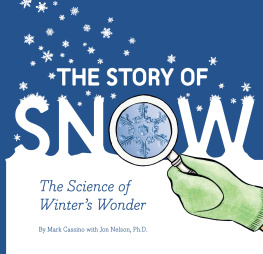For Sarah and Justin,
who have also loved snowfalls.
J. B. M.
For all the snow lovers of the world, wholike me
think that snow is like chocolate; there is never enough.
M. A.
Text copyright 1998 by Jacqueline Briggs Martin
Illustrations copyright 1998 by Mary Azarian
Wilson Bentleys snow crystal photographs are reprinted with permission of the Jericho Historical Society.
All rights reserved. Originally published in hardcover in the United States by
Houghton Mifflin Company, 1998.
For information about permission to reproduce selections from this book, write to Permissions,
Houghton Mifflin Harcourt Publishing Company, 3 Park Avenue, 19th Floor, New York, New York 10016.
I would like to thank Ray Miglionico, archivist at the Jericho Historical Society, for sharing his time,
access to the Historical Societys documents, and much information about Wilson Bentley. He is a friend to
Wilson Bentley and to all who would know more about the Snowflake Man. J.B.M.
hmhbooks.com
The text of this book is set in ITC Weidemann.
The illustrations are woodcuts, hand-tinted with watercolors.
Mullett, Mary B., The Snowflake Man, American Magazine 99 (1925), 2831.
Bentley, W. A., The Magic Beauty of Snow and Dew, National Geographic 43 (1923), 10312.
The Library of Congress has cataloged the hardcover edition as follows:
Martin, Jacqueline Briggs.
Snowflake Bentley / Jacqueline Briggs Martin; illustrated by Mary Azarian.
p. cm.
Summary: A biography of a self-taught scientist who photographed thousands of individual snowflakes in
order to study their unique formations.
1. SnowflakesJuvenile literature. 2. Nature photographyJuvenile literature.
3. MeteorologistsUnited StatesBiographyJuvenile literature.
4. PhotographersUnited StatesBiographyJuvenile literature.
[1. Bentley, W. A. (Wilson Alwyn), 18651931Juvenile literature.
2. Bentley, W. A. (Wilson Alwyn), 18651931. 3. Scientists. 4. Snow.]
I. Azarian, Mary, ill. II. Title.
QC858.B46M37 1998
551.57841092dc21
[B] 9712458 CIP AC
ISBN: 978-0-395-86162-2
ISBN: 978-0-547-24829-5 pb
eISBN 978-0-547-53083-3
I n the days
when farmers worked with ox and sled
and cut the dark with lantern light,
there lived a boy who loved snow
more than anything else in the world.
Wilson Bentley was
born February 9, 1865,
on a farm in Jericho,
Vermont, between Lake
Champlain and Mount
Mansfield, in the heart
of the snowbelt,
where the annual
snowfall is about
120 inches.
Willie Bentleys happiest days were snowstorm days.
He watched snowflakes fall on his mittens,
on the dried grass of Vermont farm fields,
on the dark metal handle of the barn door.
He said snow was as beautiful as butterflies,
or apple blossoms.
He could net butterflies
and show them to his older brother, Charlie.
He could pick apple blossoms
and take them to his mother.
But he could not share snowflakes
because he could not save them.
Willies mother was
his teacher until he
was fourteen years old.
He attended school
for only a few years.
She had a set of
encyclopedias, Willie
said. I read them all.
When his mother gave him an old microscope,
he used it to look at flowers, raindrops, and blades of grass.
Best of all, he used it to look at snow.
While other children built forts
and pelted snowballs at roosting crows,
Willie was catching single snowflakes.
Day after stormy day he studied the icy crystals.
From his boyhood on,
he studied all forms
of moisture. He kept a
record of the weather
and did many
experiments with
raindrops.
He learned that most
crystals had six
branches (though a few
had three). For each
snowflake the six
branches were alike.
I found that snowflakes
were masterpieces
of design, he said.
No one design was
ever repeated. When a
snowflake melted...
just that much beauty
was gone, without
leaving any record
behind.
Their intricate patterns were even more beautiful
than he had imagined.
He expected to find whole flakes that were the same,
that were copies of each other. But he never did.
Willie decided he must find a way to save snowflakes
so others could see their wonderful designs.
For three winters he tried drawing snow crystals.
They always melted before he could finish.
Starting at age fifteen
he drew a hundred
snow crystals each
winter for three winters.
When he was sixteen, Willie read of a camera
with its own microscope.
If I had that camera I could
photograph snowflakes, he told his mother.
Willies mother knew he would not be happy until
he could share what he had seen.
Fussing with snow is just foolishness, his father said.
Still, he loved his son.
When Willie was seventeen
his parents spent their savings and bought the camera.
The camera made
images on large
glass negatives.
Its microscope could
magnify a tiny crystal
from sixty-four to 3,600
times its actual size.

